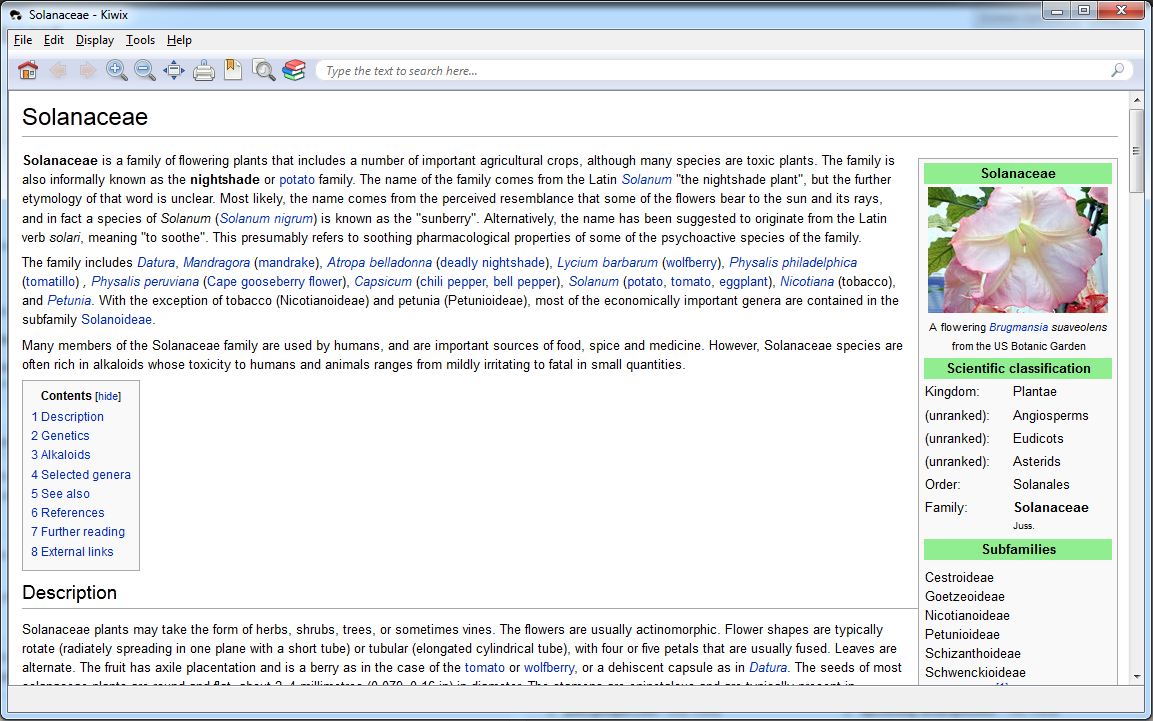
The fifth lumbar vertebra is by far the most common site of spondylolysis and spondylolisthesis. The fifth lumbar vertebra is characterized by its body being much deeper in front than behind, which accords with the prominence of the sacrovertebral articulation by the smaller size of its spinous process by the wide interval between the inferior articular processes, and by the thickness of its transverse processes, which spring from the body as well as from the pedicles. Other important structures are also located at this level, they include fundus of the gall bladder, celiac trunk, superior mesenteric artery, termination of spinal cord, beginning of filum terminale, renal vessels, middle suprarenal arteries, and hila of kidneys. This level is also called the important transpyloric plane, since the pylorus of the stomach is at this level. The first lumbar vertebra is level with the anterior end of the ninth rib. The tallest and thickest costiform process is usually that of L5. The accessory process is situated at the back part of the base of the transverse process. The mammillary is connected in the lumbar region with the back part of the superior articular process. The costiform is lateral, the mammillary is superior (cranial), and the accessory is inferior (caudal). Three portions or tubercles can be noticed in a transverse process of a lower lumbar vertebrae: the lateral or costiform process, the mammillary process, and the accessory process. They are situated in front of the articular processes instead of behind them as in the thoracic vertebrae, and are homologous with the ribs. In the upper three vertebrae they arise from the junctions of the pedicles and laminae, but in the lower two they are set farther forward and spring from the pedicles and posterior parts of the vertebral bodies. They are horizontal in the upper three lumbar vertebrae and incline a little upward in the lower two. The transverse processes are long and slender. The former are wider apart than the latter since in the articulated column, the inferior articular processes are embraced by the superior processes of the subjacent vertebra.
The facets on the superior processes are concave, and look backward and medialward those on the inferior are convex, and are directed forward and lateralward. The superior and inferior articular processes are well-defined, projecting respectively upward and downward from the junctions of pedicles and laminae. The spinous process is thick, broad, and somewhat quadrilateral it projects backward and ends in a rough, uneven border, thickest below where it is occasionally notched. The vertebral foramen within the arch is triangular, larger than the thoracic vertebrae, but smaller than in the cervical vertebrae. The lamina connects the spinous process to the pedicles. In the upper lumbar region the lamina are taller than wide but in the lower lumbar vertebra the lamina are wider than tall. They form the posterior portion of the vertebral arch. The laminae are broad, short, and strong.

The pedicle is sometimes used as a portal of entrance into the vertebral body for fixation with pedicle screws or for placement of bone cement as with kyphoplasty or vertebroplasty. They increase in angulation in the axial plane from 10 degrees to 20 degrees by L5. They increase in sagittal width from 9 mm to up to 18 mm at L5. The pedicles change in morphology from the upper lumbar to the lower lumbar. The pedicles are very strong, directed backward from the upper part of the vertebral body consequently, the inferior vertebral notches are of considerable depth. It is flattened or slightly concave above and below, concave behind, and deeply constricted in front and at the sides. The vertebral body of each lumbar vertebra is kidney shaped, wider from side to side than from front to back, and a little thicker in front than in back.

The vertebral arch, consisting of a pair of pedicles and a pair of laminae, encloses the vertebral foramen (opening) and supports seven processes. The fifth vertebra contains certain peculiarities, which are detailed below.Īs with other vertebrae, each lumbar vertebra consists of a vertebral body and a vertebral arch. The adjacent figure depicts the general characteristics of the first through fourth lumbar vertebrae.


 0 kommentar(er)
0 kommentar(er)
